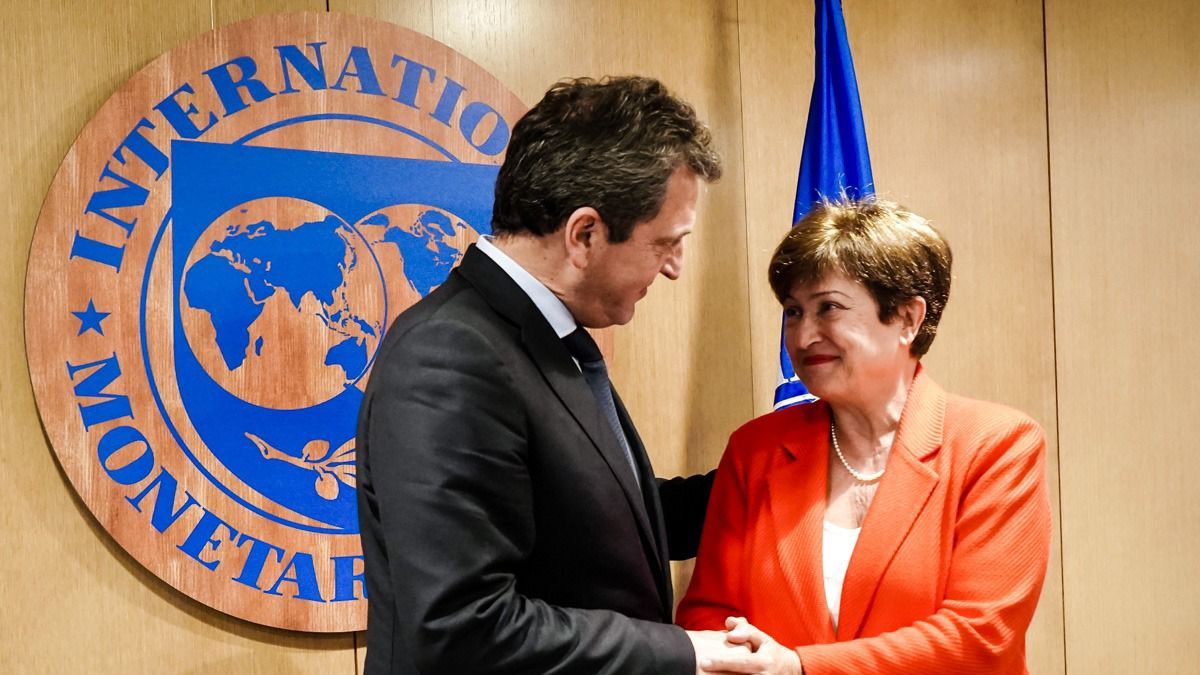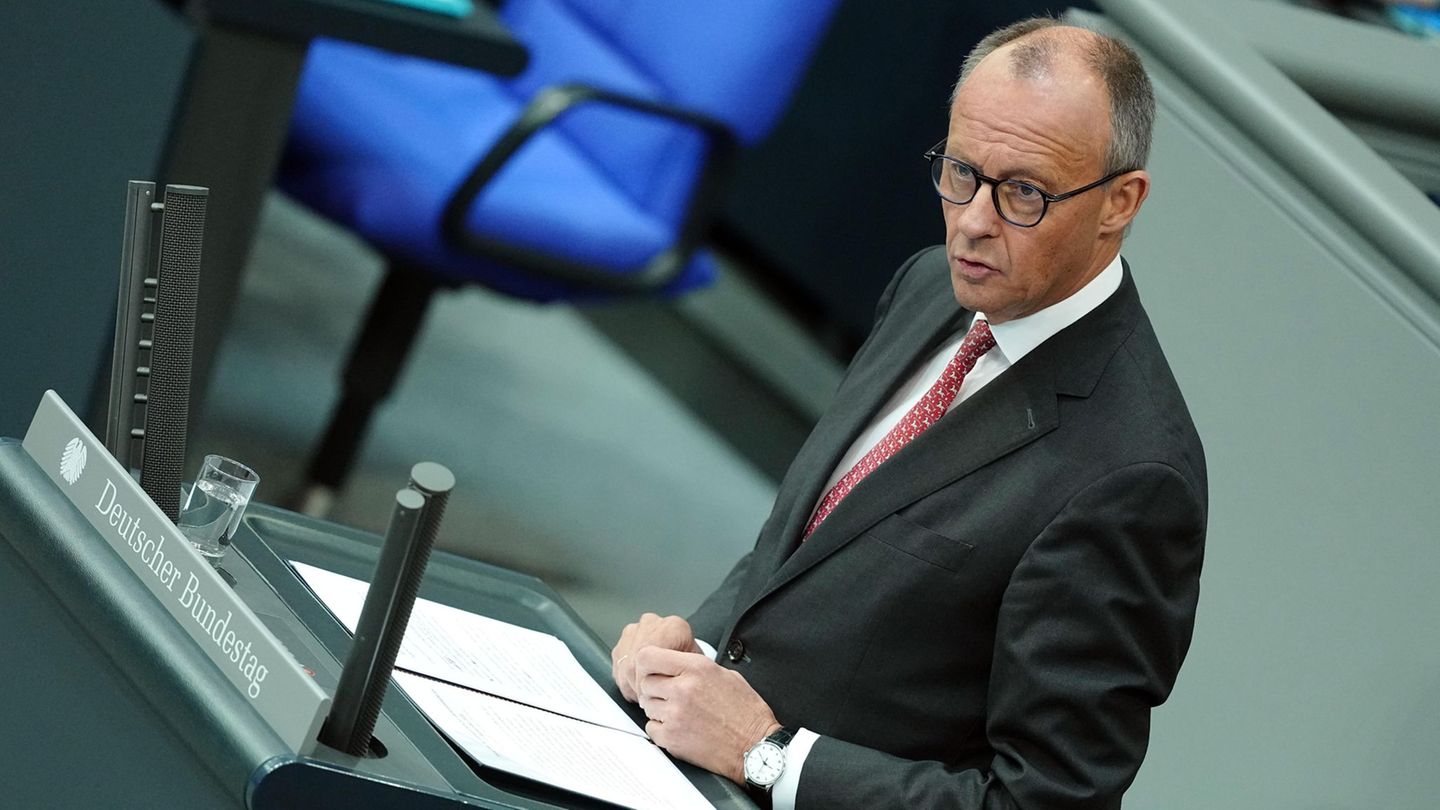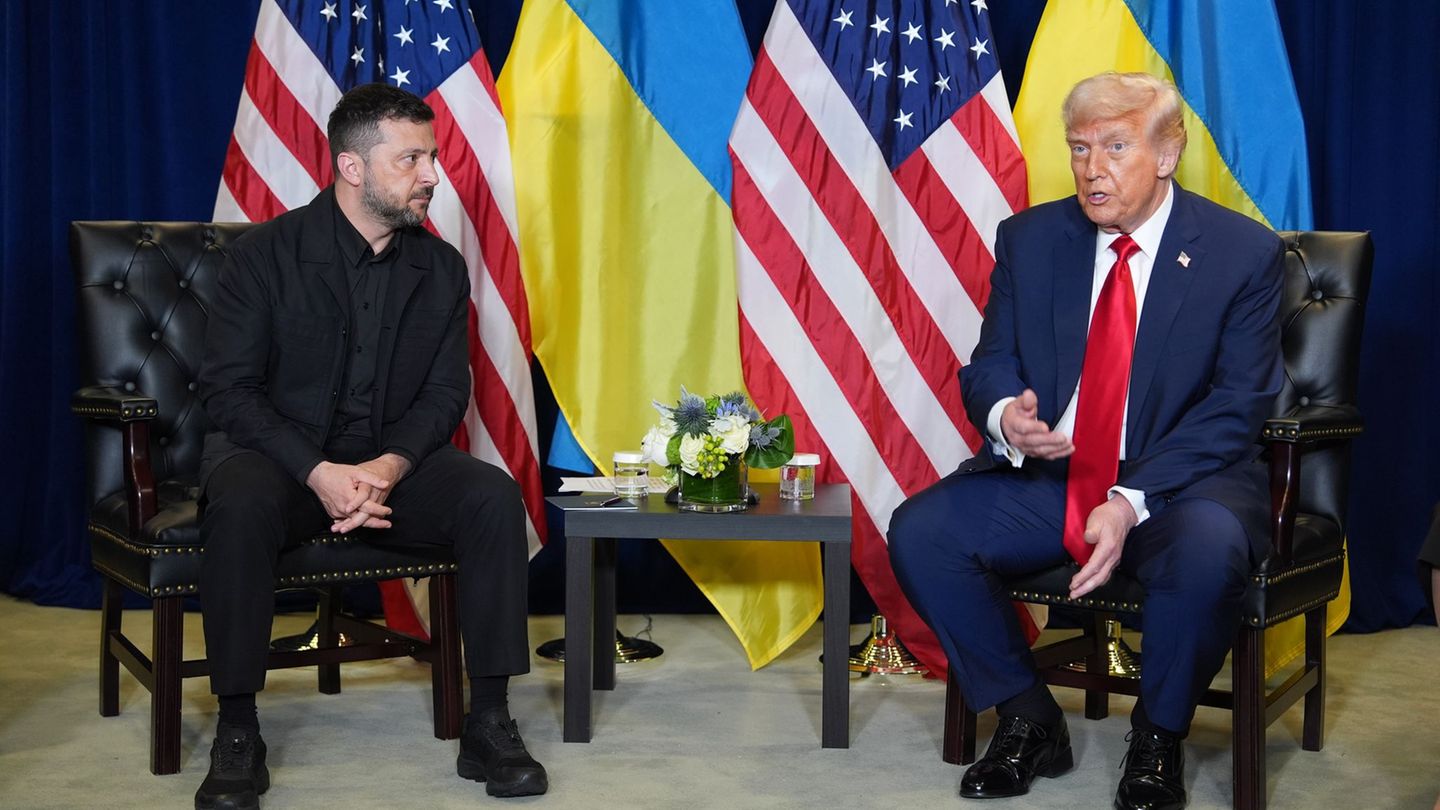Subsidies and fiscal deficit
On Friday, the IMF board approved the second revision of the Extended Facilities agreement signed in March, corresponding to the goals for the second quarter. With this, the document of more than 100 pages was published with the IMF staff’s analysis of the program and the goals that Argentina intends to meet.
There, there is an analysis made by the director of the IMF, Kristalina Georgieva, who states that meeting the fiscal deficit goal of 2.5% of GDP in 2022 and 1.9% by 2023, is key to “moderate growth of imports, accumulate reserves and reduce dependence on financing from the Central Bank”. For that, “greater efficiency of subsidies and social spending” is required, he says.
Also published in the same file is the letter that the Minister of the Economy, Sergio Massa, and the President of the Central Bank, Miguel Pesce, send to Georgieva, in which they assure that for “restore fiscal order” recent actions were to “improve the targeting of subsidies, not only in the energy sector, but also in water and transportation”.
In fact, despite the shock caused by the war in Ukraine, the fiscal deficit goal remains the same in 2022. To meet it, the IMF staff assures that it will arrive with a “improved targeting of subsidies” of energy, water and transport, a “rationalization” of social assistance and public sector salary payments, and an advance of corporate income taxes.
The fiscal deficit goal in 2023 also remains unchanged, and once again subsidies appear as the key. According to IMF staff, for the coming year, an expenditure adjustment of 0.9% of GDP is going to be needed. A large part (0.6%) will be achieved with a reduction in subsidies, especially in energy. Otherwise, the IMF argues that “delays” in the implementation of subsidy reforms “will require finding complementary measures to avoid penalizing capital spending.” In 2022, public works spending was expected to be 1.8% of GDP, while in the last revision it fell to 1.5% of GDP.
Measures to meet goals
To meet these objectives, the Government leaves in writing the measures it is going to take. As of October, the tariff segmentation will be launched, which will mean that by January, 20% of electricity users and 15% of gas users will have lost subsidies, in a reduction that will be made in three stages for users with greater ability to pay. In any case, as Ámbito was able to find out, with the one-month delay that the segmentation had, the calendar could be rescheduled. It implied a fiscal cost of $3,000 million, according to official sources.
In addition, the document includes a new fact: “We are completely eliminating electricity subsidies for commercial users.” The reduction will be “significant” in 2023 and then in 2024 the elimination will be complete.
On the other hand, the Government is committed to improving energy efficiency, with credit support from the World Bank to address “consumption inefficiencies”. Even, as Ámbito was able to find out, 12 new, more efficient devices could be included in Now.
IMF asks for changes in segmentation
In the staff report, the IMF asks to sharpen the pencil of tariff segmentation. Asks “link” the prices of the rates to the costs, and not to the salaries, as it is currently. In addition, it proposes to reduce the limits of consumption that will remain subsidized. Make sure the roof is “pretty generous” for the middle income, and calls for a ceiling to also be introduced for the low-income “to encourage energy efficiency.”
As a third suggestion, ask “reconsider” the composition of the three groupssince it ensures that the proportion of users in the low-income category “remains relatively large”.
Source: Ambito
David William is a talented author who has made a name for himself in the world of writing. He is a professional author who writes on a wide range of topics, from general interest to opinion news. David is currently working as a writer at 24 hours worlds where he brings his unique perspective and in-depth research to his articles, making them both informative and engaging.




